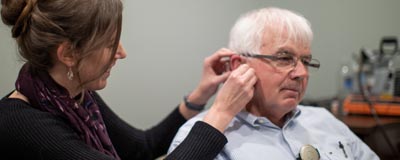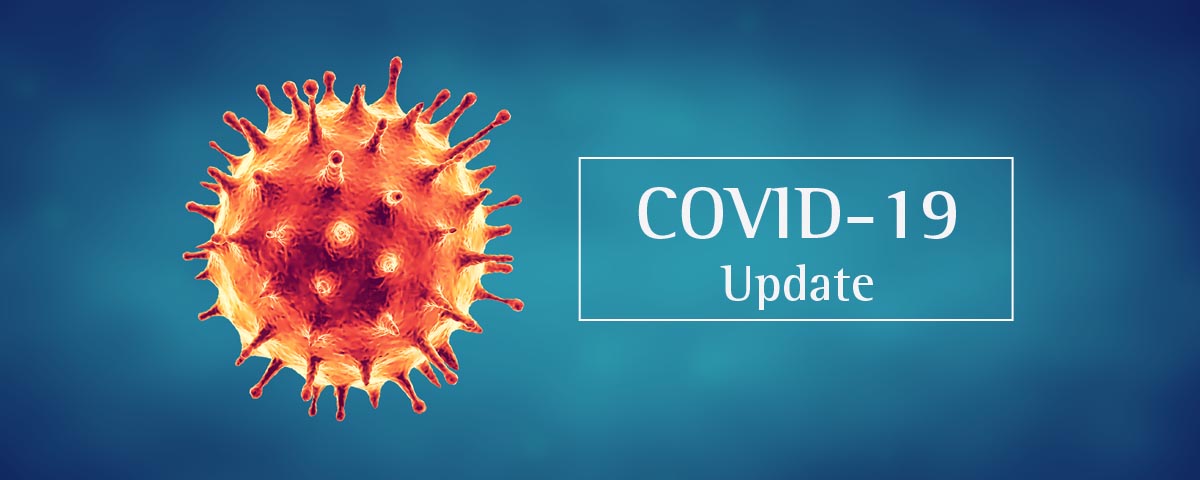For hearing aid users, using the telephone can be a challenging task. Proper placement, speaker phone, environmental noise are all things one must consider when answering a phone call. Speech understanding over the telephone can be difficult for individuals with normal hearing. It can be especially challenging for a hard of hearing individual.
Why is it hard to understand speech over the phone?
Telephone lines transmit calls within a certain frequency bandwidth of 300-3400 Hz. Natural speech is made up of a much larger frequency range spanning across 250 to 8000 Hz. Therefore, due to the frequency limitations of the phone line, certain parts of speech are being compressed or cut out through transmission. High frequency sounds are essential for speech clarity. Similarly, many of our important consonants resonate in the high frequency range which help us distinguish similar sounding words. Individuals with hearing loss may feel that the person on the other end is mumbling. The combination of hearing loss and poor sound quality makes it difficult for a hard of hearing person to efficiently follow a conversation on the phone.
In addition, part of conversational speech understanding is nonverbal. Our brains rely on auditory and visual information to help us piece together the conversation using techniques such as speech reading, contextual cues, body language, and auditory information. The telephone restricts conversation to just an audible signal. This requires a lot of concentration to understand the message being relayed.
Our Solutions
Phone Placement
With no quick solution for expanding frequency bandwidth on phone lines, a few solutions can help bring speech clarity back. Proper phone placement can make a big difference. If you are a hearing aid wearer, be sure to place the telephone as close as possible to the hearing aids microphone to benefit from the best clarity. If you are unsure of where to place your phone, gently run your finger along your hearing aid until you hear that you are rubbing the microphone, then place your telephone directly over it.
Bluetooth Direct Streaming via Hearing Aids
Another great solution is to pair your hearing aids to a Bluetooth streamer. Streamers allow you to listen to the phone call with the signal routing to both ears. If you don’t have a streamer, you can simply plug in a pair of headphones to your telephone. Typically a 3.5 millimeter jack will do. This will provide easy hands free listening to both ears, while reducing background noise.
Video calling
With most cellphones and tablets all having built in cameras, video calling is a way to reintegrate visual cues back into the conversation. Facetime, Facebook Messenger, Whatsapp, and Skype are all wonderful tools with built in video calling features that are free for the individual to use. In addition, pairing your hearing aids with your smart phone will allow for direct audio streaming resulting in an enjoyable, communication barrier-free call.
Speaker phone
Using the speaker phone is a tricky solution. The louder volume and tabletop setting can help you hear and listen with both ears but there is a risk that the sound echo inside the room you are speaking in. Individual room acoustics can drastically affect the sound quality. If you enjoy using speaker phone, we recommend trying different rooms in your household to see where the sound quality is better. Speaker phone also lacks the privacy of normal phone conversations and doesn’t work nearly as well if there is background noise.
Amplified telephones
Hearing on the telephone is often one of the largest challenges for hard of hearing individuals. In many cases hearing aids can help, but for those with more pronounced hearing losses, often times the use of an amplified telephone makes the largest improvement. We have access to a very large range of amplified phones, but have chosen some of our favorite to showcase here on the assistive listening devices section of our website.
The are a lot of technologies and gadgets to help you better understand phone calls. It is important to find a comfortable to use solution that brings the best benefits for your individual hearing needs.
Visit your nearest Davidson Hearing Aid Centres to discuss phone call amplification and pairing solutions. Let us help you get the most from your conversations!
*For more information on any of the noted phone solutions above, please feel free to contact us for more information.






